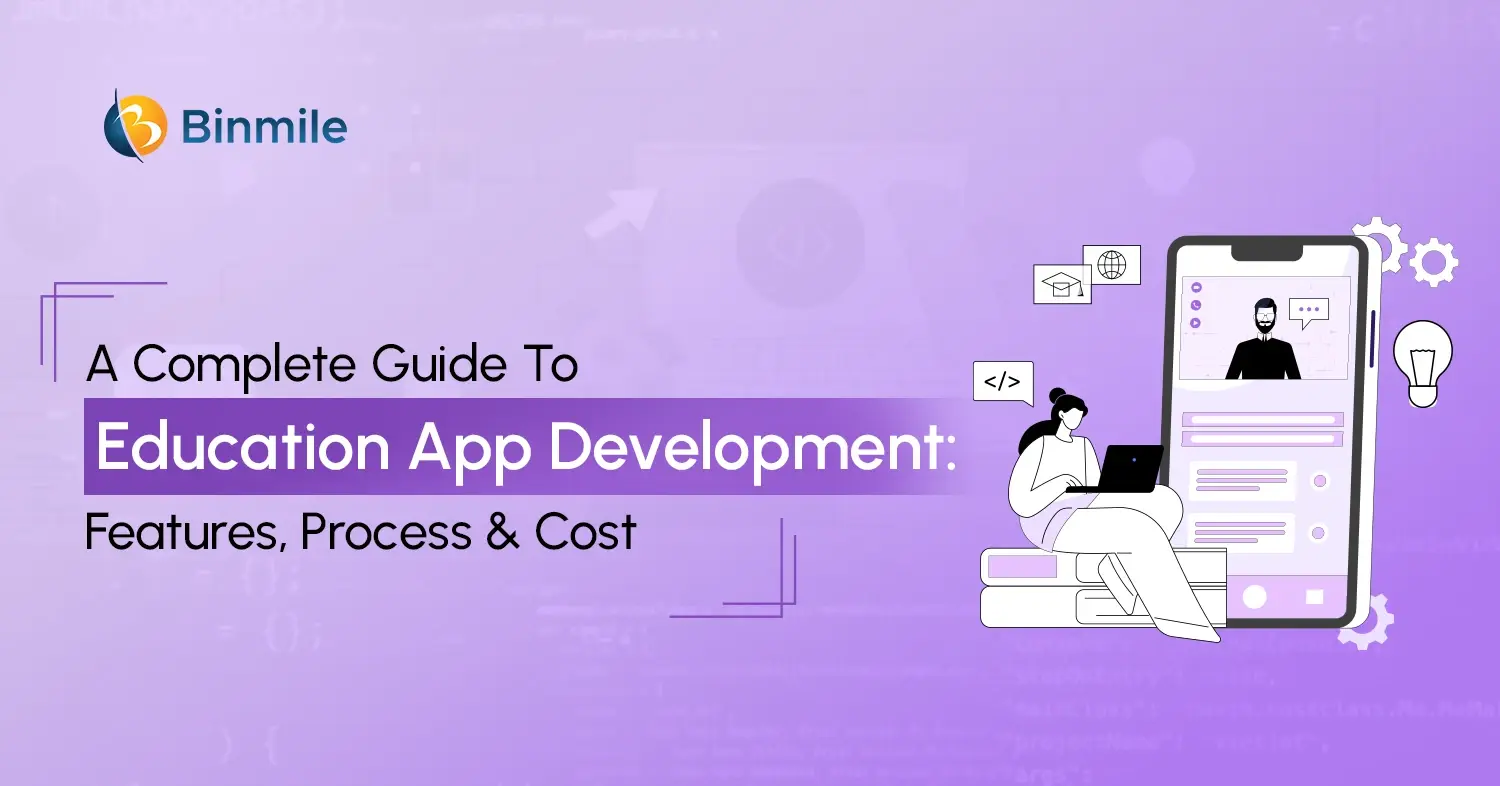E-commerce services don’t just depend on getting customers to your site; it’s also about compelling them to make a purchase. With 69.82% of online shoppers leaving without completing their purchase, cart abandonment is a frustratingly commonplace issue for e-commerce companies. In other words, for every 10 customers who add an item to their cart, 7 of them do not complete the purchase, resulting in ecommerce stores losing $18 billion in sales revenue annually. Now, imagine having the resources and ability to convert even a fraction of these abandoned carts? But how? Part of the solution to how to increase conversions is e-commerce checkout optimization.
Therefore, if you’re also wondering how you can offer every step of the checkout process an opportunity to deliver a positive customer experience, then we’ve got your back. In this blog, we’ll explain what cart abandonment is and the top reasons why you should address it. Additionally, we will also discuss practical strategies to help your business’s e-commerce checkout conversion rate optimization, how to increase conversions, and reduce cart abandonment.
What is Cart Abandonment & Why You Should Address It

Basket or Cart abandonment refers to a scenario where potential customers start an online transaction or purchase but leave the website or app without completing the purchase. For instance, a customer adds a few items to their online shopping basket or starts to sign up for a subscription service, but then exits the site or app, leaving the website or app without completing the transaction. Shopping cart abandonment differs from checkout abandonment when the customer leaves the process.
The main difference between cart and checkout abandonment is the stage in the process at which users abandon their purchase, either after loading their cart or during checkout. This difference is significant because specific metrics help understand how to increase conversions and identify and isolate when and why customers abandon their cart or checkout.
Impact of e-Commerce Checkout Optimization: Reasons You Can’t Afford to Ignore
There are a lot of advantages to e-Commerce checkout optimization that go beyond just converting visitors. So let’s understand what the reasons are for you to get into how to increase conversions with the e-Commerce checkout optimization process:

1. Check out Friction Directly Impacts Revenue
Consider this: your business is losing a significant amount of potential revenue when a high number of users abandon the online purchase process within seconds. This could be due to various reasons, such as slow page load times, uncertain payment steps, or forced account creation. However, with an optimized checkout flow, you can reduce this friction and capture revenue that would otherwise be lost.
2. Poor Checkout Experience Damages Brand Trust
Remember, a negative experience, especially during checkout, can leave a lasting impression on customers. A checkout process optimization filled with uncertainties not only disrupts the flow but also damages the trust your brand has built with your customers. This not only affects the current sale but also the likelihood of customers returning and the potential to attract new customers due to poor brand credibility.
3. You’re Losing Mobile Sales Without Realizing It
There are nearly 4.69 billion smartphone users in the world, which is the reason online retail traffic is shifting to mobile platforms, as e-commerce conversions typically generate fewer sales compared to desktop usage. However, the majority of brands and their checkout processes are not responsive or adaptive enough for small devices and their screens, which often frustrate customers. You don’t want to miss out on using such significant numbers to boost your revenue; therefore, to know how to increase conversions also includes allowing users to browse easily, access information, and complete transactions on their mobile devices, which can lead to a massive source of revenue, in an increasingly mobile-first world.
4. Limited Payment Options = Lost Customers
Modern shoppers crave flexibility. If your store doesn’t offer a variety of payment options that match their preferences, you risk losing potential customers. Credit cards, wallets, UPI, and BNPL are just a few examples of the payment solutions customers expect. Offering a single payment option limits your customer base and reduces the chances of converting spontaneous purchasing opportunities into sales.
5. Minor Fixes Can Lead to Big Gains
Optimizing checkouts does not require extensive changes to an entire project. Minor adjustments, such as reducing form fields, auto-filling addresses, or adding trust badges, have been shown to boost E-commerce conversion rates substantially. The rapid improvements in user experience have a measurable impact on profitability that accumulates over time.
Convert browsers into buyers & future-proof your online store with our intelligent and scalable e-Commerce solutions.

Key Metrics to Track Checkout Performance
When evaluating online shopping experiences, understanding customer behaviors during the checkout process Optimization is crucial. Doing so not only allows you in e-commerce checkout optimization but also enhances user satisfaction and boosts overall sales. So, let‘s get into these:
- Cart Abandonment Rate: This refers to the percentage of shoppers who add items to their cart but fail to complete a purchase. A high average rate of ~70% indicates potential issues in the checkout process.
- Checkout Conversion Rate: It denotes the percentage of shoppers who start the checkout process and complete a purchase. Lower conversion rates indicate checkout problems.
- Checkout Funnel Drop-off Points: These indicate where customers typically abandon the checkout process (e.g., during the shipping information or billing details stage).
- Average Time to Purchase: It tracks the time from checkout start to order confirmation, where long durations highlight inefficiencies, such as complex forms or navigation.
10+ Proven Checkout Process Optimization Tips to Boost E-commerce Conversions
We’ve pulled together a list of e-commerce checkout Optimization best practices that you can apply to improve the user experience of your e-commerce site, boost your conversion rate, and grow your revenue stream:

1: Enable Guest Checkout
Requiring customers to create an account before checking out is a common cause of cart abandonment. Many shoppers prefer to buy without unnecessary steps. Offering a guest checkout option allows them to complete their purchase quickly and without any extra commitment. Once the order is placed, you can invite them to create an account—ideally with a clear explanation of how it benefits them, such as order tracking or faster checkout next time.
2: Simplify Form Fields
Streamlining your checkout form can have a measurable impact on conversions. Review your fields carefully and remove anything that isn’t essential to completing a sale. For example, consider merging name fields or eliminating outdated information, such as fax numbers. Fewer fields reduce the time and effort required, making it easier for customers to complete their purchase without hesitation.
3: Implement Autofill & Validation
Features such as auto-fill and real-time address validation help customers complete forms more quickly and with fewer errors. Make sure your site supports browser-based auto-fill and integrates with tools that confirm and correct address inputs as users type. While each feature saves only a few seconds, the combined effect can make the entire checkout flow noticeably smoother—and more reliable for both you and your customers.
4: Use Inline Error Messaging
Avoid frustrating your users with vague or delayed error messages. Instead of waiting until the form is submitted, use inline validation that shows helpful feedback as users complete each section. Error messages should be specific and placed directly next to the relevant fields. This approach makes it easier for users to correct issues on the spot, thereby reducing the likelihood that they will abandon the process entirely.
5: Display Checkout Progress
A visible progress bar during checkout gives users a sense of orientation and control. Showing how many steps remain helps manage expectations and alleviates the uncertainty that can accompany long forms. It also encourages completion—once users begin moving through the process, they are more likely to finish it.
6: Optimize for Mobile Devices
With more people shopping on mobile devices, your checkout experience must work smoothly on smaller screens. Design your interface to be responsive and easy to use, with large, tap-friendly buttons, minimal scrolling, and input types that match the data being requested (e.g., numeric keyboard for phone numbers). Test across devices to ensure the process feels intuitive, regardless of how someone accesses your site.
7: Integrate Multiple Secure Payment Options
Mobile wallets and express checkout tools, such as Apple Pay, Google Pay, and PayPal One-Touch, serve as effective checkout process optimization tools make it easier for users to complete purchases quickly, especially on mobile devices, where typing is less convenient. These options securely store payment and shipping details, allowing returning users to check out with just a few taps. This can significantly reduce the time it takes to complete a purchase and help capture more sales.
8: Support Multiple Payment Methods
Having a variety of payment gateway integrations or methods ensures that you don’t lose customers at the final step. Include options beyond standard credit cards, such as digital wallets, BNPL services like Klarna or Affirm, and payment types preferred in specific regions. Clearly display security information to reassure customers that their data is handled safely. The goal is to offer flexibility without overwhelming the interface.
9: Ensure Cost Transparency
Being upfront about costs throughout the shopping experience helps avoid unpleasant surprises. List product prices, taxes, shipping fees, and any extra charges as early as possible—ideally on the product page or cart summary. If you can’t show exact shipping fees until the user enters their address, provide estimates or ranges. Hidden charges at checkout Page remain one of the top reasons for abandonment.
10: Add Trust and Support Elements
Many customers often hesitate at the final step of their purchase due to concerns about security, return policies, or post-sale support. To minimize this friction, it’s essential to incorporate trust signals throughout the checkout process, ranging from security certifications and money-back guarantees to transparent return policies. Additionally, reinforcing your credibility by adhering to eCommerce security best practices and displaying badges that indicate secure payment processing can foster trust. In addition, make customer support easily accessible through live chat, phone, or email, ensuring customers can quickly address any concerns. Small touches, such as displaying reviews or including links to helpful resources, can reduce hesitation, improve user experience, and elevate overall checkout page Optimization success.
**Bonus Tip
Sometimes, despite following all the e-Commerce checkout best practices and making every effort, cart abandonment still occurs– but it’s not always a lost cause. One of the primary benefits of e-commerce personalization is that it not only increases sales conversions and enhances customer experience but also strengthens brand loyalty. After all, everyone appreciates feeling special or receiving a tempting deal, and that can be achieved by utilizing retargeting strategies for abandoned carts.
So, either an email reminder with discounts or targeted ads can bring back visitors who were on the fence by re-engaging them and reminding them of the value that they originally saw in the product. However, ensure you’re not overwhelming the customer with too frequent reminders in your strategy on how to increase conversions.
Create a smooth, secure, and lightning-fast checkout experience with our tailored web app solutions that compel and convert!

Key Takeaways From e-Commerce Checkout Optimization
The E-commerce checkout optimization process goes beyond technical tweaks; it’s about understanding the user experience and making subtle yet impactful changes. In the constantly evolving digital world, e-commerce companies need to deliver a seamless user experience. This is done not just to improve the process but to build trust and reduce friction that can lead to abandoned carts. Therefore, with the right tools and a strategic plan, such as optimizing your eCommerce checkout, you can stay competitive in the ever-evolving eCommerce landscape and deliver a smooth and flawless user experience.
Partnering with a skilled UI/UX design company can help you transform your checkout flow into a powerful conversion tool. These experts can provide data-driven insights, design tailored solutions, and create intuitive interfaces that align with both business goals and customer needs. If you’re ready to elevate your checkout experience and drive higher sales, now is the time to act—contact us today and begin crafting a checkout process that works for your business.









